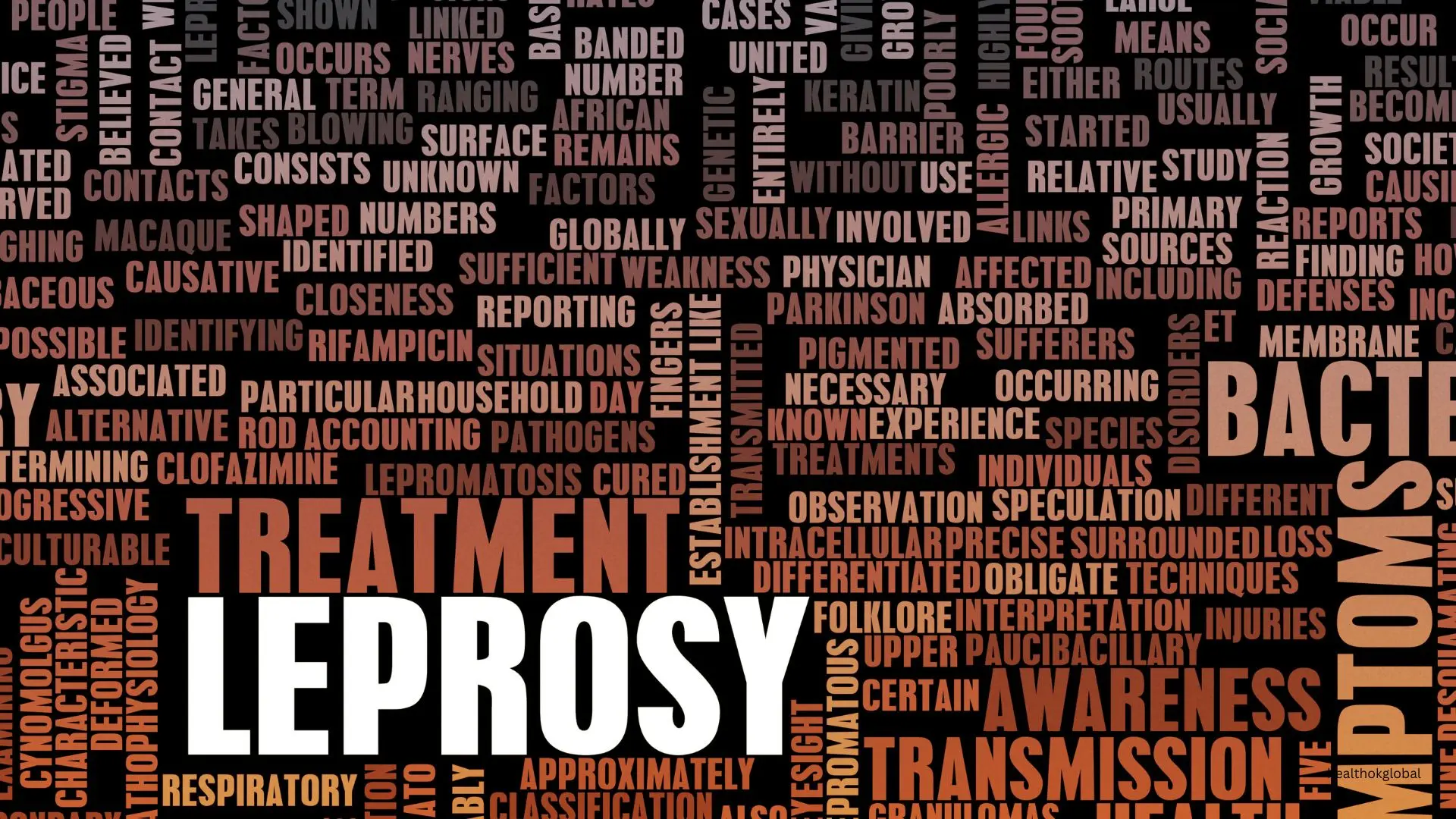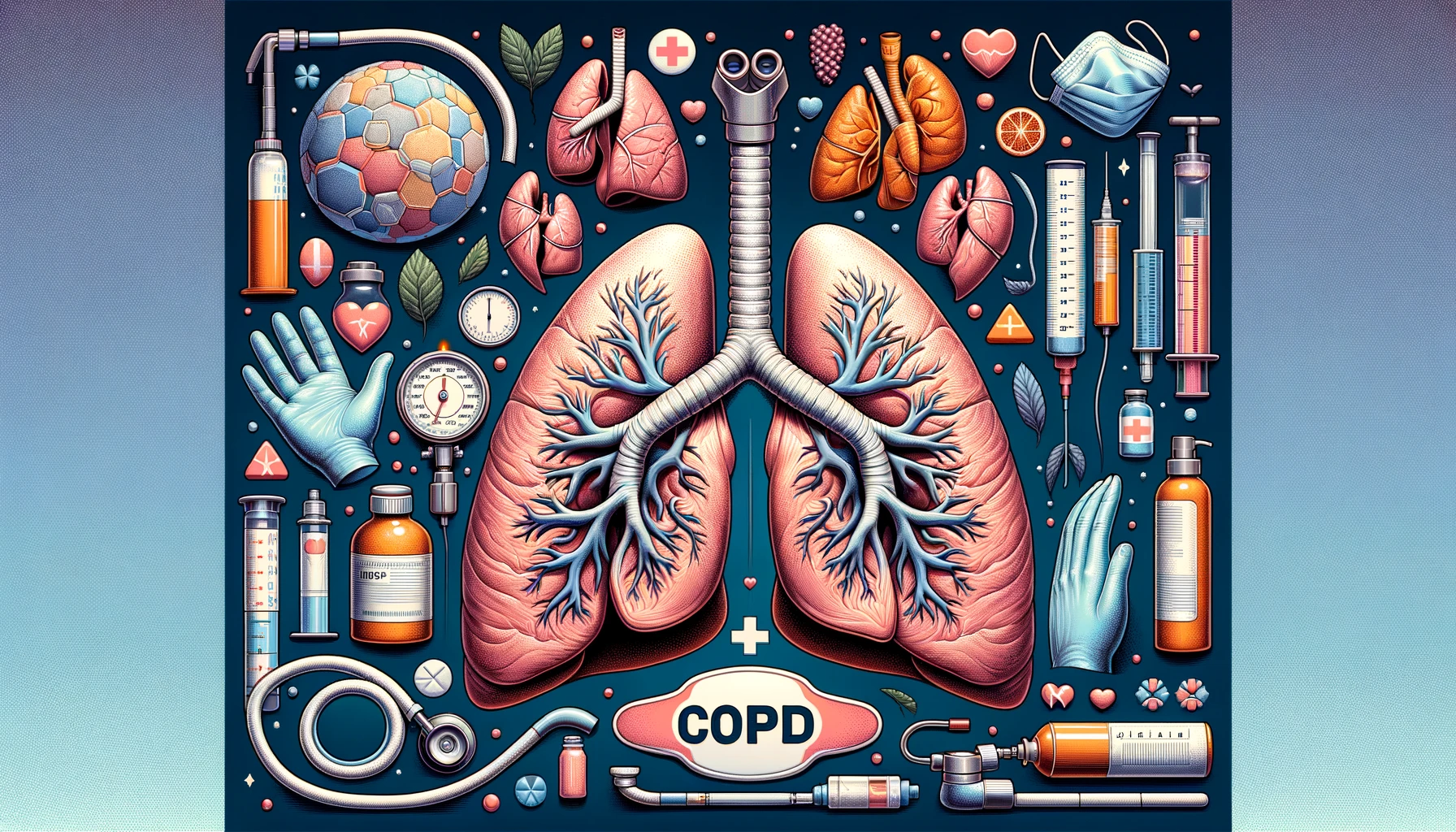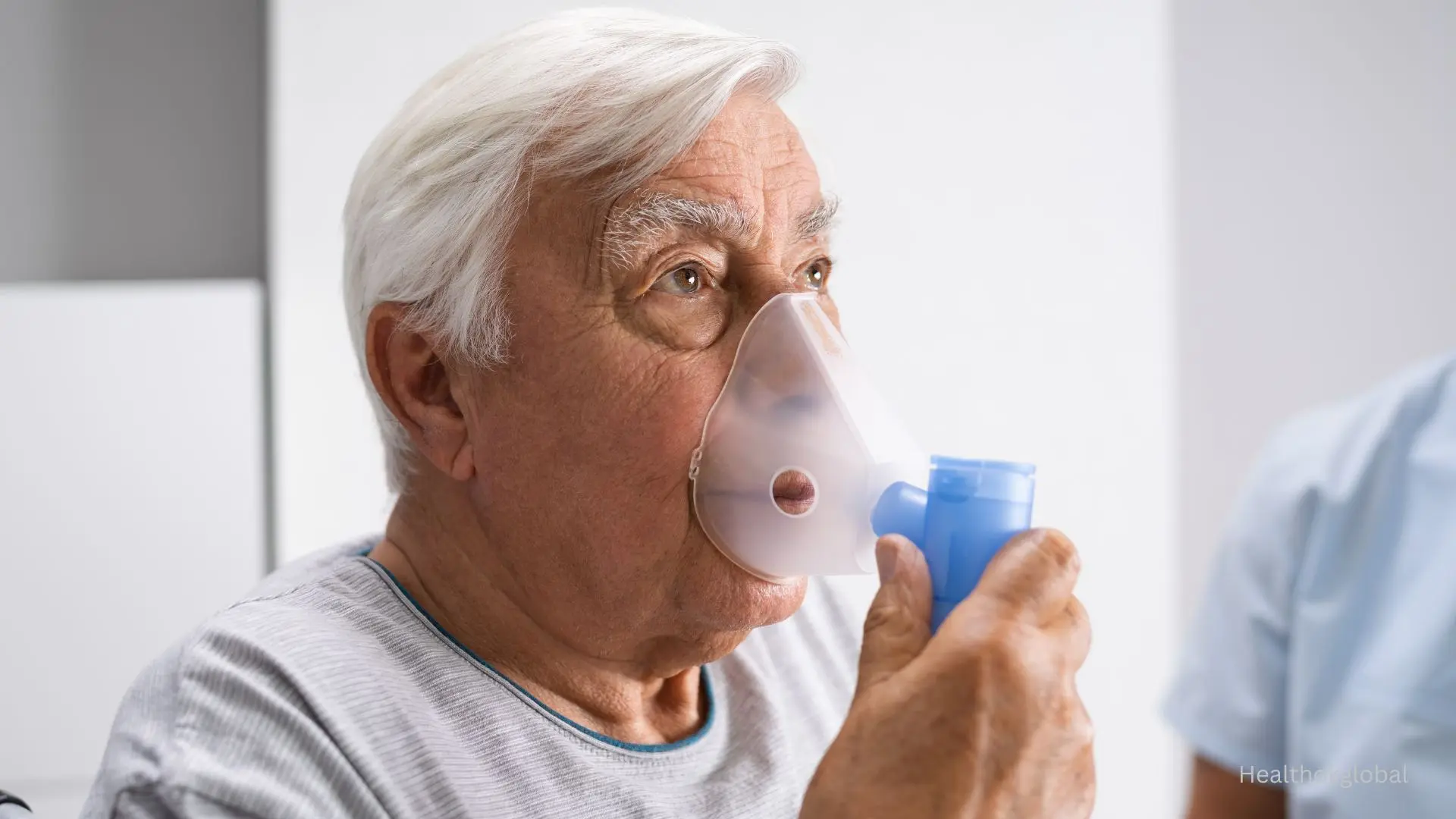Leprosy, also known as Hansen's disease, is a chronic infectious disease caused by Mycobacterium leprae.

Blog
Classification of Leprosy: Types, Symptoms, and Treatment
Leprosy, also known as Hansen's disease, is a chronic infectious disease caused by Mycobacterium leprae. It primarily affects the skin, peripheral nerves, mucosa of the upper respiratory tract, and the eyes. This guide provides a comprehensive classification of leprosy, detailing its types, symptoms, and treatment options. Understanding the classification of leprosy is crucial for accurate diagnosis and effective management of the disease.
Leprosy can be classified into several types based on clinical manifestations and the immune response of the host. The World Health Organization (WHO) classification and the Ridley-Jopling classification are the most commonly used systems.
The WHO classifies leprosy into two main types: paucibacillary (PB) and multibacillary (MB). Paucibacillary leprosy is characterized by five or fewer skin lesions with no bacilli in the skin smears. Multibacillary leprosy is characterized by more than five skin lesions and the presence of bacilli in the skin smears.
The Ridley-Jopling classification divides leprosy into five types based on clinical, histopathological, and immunological criteria: Tuberculoid (TT), Borderline Tuberculoid (BT), Mid-Borderline (BB), Borderline Lepromatous (BL), and Lepromatous Leprosy (LL).
Tuberculoid leprosy is characterized by one or a few well-defined skin lesions that are dry, hairless, and hypoesthetic (reduced sensation). The immune response in tuberculoid leprosy is strong, leading to a limited number of bacteria in the lesions. This form of leprosy is less contagious and has a better prognosis with treatment.
Borderline tuberculoid leprosy presents with multiple skin lesions that are less well-defined than those in tuberculoid leprosy. The lesions may show partial sensory loss. The immune response is intermediate, and the bacterial load is higher than in tuberculoid leprosy but lower than in lepromatous leprosy.
Mid-borderline leprosy is characterized by numerous skin lesions with varying degrees of sensory loss. The lesions are often less defined and can show both hypoesthetic and anesthetic areas. The immune response is variable, and the bacterial load is moderate.
Borderline lepromatous leprosy presents with multiple skin lesions that are more diffuse and less well-defined. Sensory loss is more pronounced, and the immune response is weaker. The bacterial load is higher, and this form of leprosy is more contagious.
Lepromatous leprosy is the most severe form, characterized by widespread skin lesions, nodules, and thickened dermis. The immune response is weak, leading to a high bacterial load. Sensory loss is extensive, and the disease is highly contagious. Lepromatous leprosy can cause severe complications, including nerve damage, deformities, and disability.
The diagnosis of leprosy is based on clinical signs, skin smears, and histopathological examination. Key diagnostic criteria include the presence of hypoesthetic skin lesions, thickened peripheral nerves, and acid-fast bacilli in skin smears or biopsies.
Leprosy is treated with multidrug therapy (MDT), which is effective in killing the bacteria and preventing the development of drug resistance. The WHO recommends a combination of dapsone, rifampicin, and clofazimine for the treatment of both paucibacillary and multibacillary leprosy. The duration of treatment varies depending on the type and severity of the disease.
Prevention of leprosy involves early detection and treatment of cases to reduce transmission. Health education, improved living conditions, and vaccination with the Bacillus Calmette-Guerin (BCG) vaccine can also help in preventing leprosy. Contact tracing and prophylactic treatment of close contacts of leprosy patients are important measures to control the spread of the disease.
Leprosy can have significant social and psychological impacts on individuals due to the stigma associated with the disease. It can lead to social isolation, discrimination, and loss of employment. Comprehensive care for leprosy patients includes not only medical treatment but also psychosocial support to address these issues.
Various global initiatives aim to eliminate leprosy as a public health problem. The WHO's Global Leprosy Strategy focuses on early detection, treatment, and reducing the disease burden. Non-governmental organizations (NGOs) and community health programs also play a crucial role in raising awareness, providing treatment, and supporting affected individuals.
Leprosy is a complex disease with diverse clinical manifestations. Understanding the classification of leprosy is essential for accurate diagnosis, effective treatment, and prevention of complications. Continued research and public health efforts are crucial for controlling and eventually eliminating leprosy as a public health problem.
HealthOK Global's dedicated care team provides essential healthcare assistance for the elderly in India, ensuring they receive comprehensive support in the comfort of their homes. From routine medical check-ups and medication management to personalized nursing care and emergency response services, our expert caregivers are committed to enhancing the quality of life for seniors. With our FREE 24 x 7 Healthcare Helpline, you can reach us anytime at +91-8047190955 (India) or +1-888-462-1804 (USA) to ensure your loved ones receive the best possible care.
The WHO classifies leprosy into two main types: paucibacillary (PB) and multibacillary (MB). Paucibacillary leprosy is characterized by five or fewer skin lesions with no bacilli in the skin smears. Multibacillary leprosy is characterized by more than five skin lesions and the presence of bacilli in the skin smears.
Leprosy can be classified into several types based on clinical manifestations and the immune response of the host. The World Health Organization (WHO) classification and the Ridley-Jopling classification are the most commonly used systems.
Borderline lepromatous leprosy presents with multiple skin lesions that are more diffuse and less well-defined. Sensory loss is more pronounced, and the immune response is weaker. The bacterial load is higher, and this form of leprosy is more contagious.
Need Personalized Health Guidance?
Get expert advice tailored to your specific health needs from our qualified healthcare professionals.





